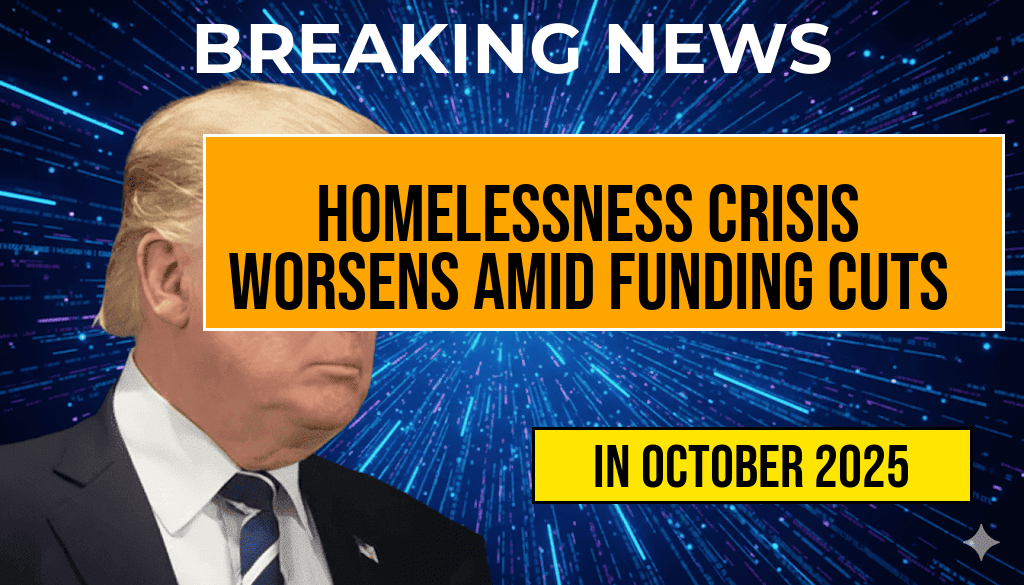Over the past decade, proposed and enacted reductions in the Social Security Disability Insurance (SSDI) program have collectively amounted to approximately $82 billion. These cuts, driven by legislative efforts to curb rising federal expenditures, are poised to reshape the landscape for millions of Americans reliant on disability benefits. As policymakers debate the scope and implementation of further adjustments, questions loom about who will shoulder the burden of these financial shifts. Will it be beneficiaries, taxpayers, or the broader economy? The implications extend beyond fiscal figures, touching on issues of social safety nets, workforce participation, and long-term economic stability.
Understanding the Scale of SSDI Reductions
The $82 billion figure encompasses a series of policy changes introduced since 2013 aimed at controlling the growth of the SSDI program. These adjustments include tightening eligibility criteria, implementing stricter medical reviews, and modifying benefit calculations. While intended to address concerns over program sustainability and budget deficits, critics argue that these measures risk undermining support for vulnerable populations.
Key Policy Changes Over the Past Decade
- Medical Review Enhancements: Increasing the frequency and rigor of disability determination reviews to prevent fraudulent claims and ensure only eligible individuals receive benefits.
- Eligibility Restrictions: Tightening criteria for initial approval, which has led to a decline in new beneficiaries and increased administrative hurdles.
- Benefit Calculation Revisions: Adjustments to how benefits are calculated, potentially reducing payouts for some recipients.
Who Will Bear the Cost?
The financial impacts of SSDI reductions are multifaceted. While policymakers often frame such cuts as necessary for fiscal responsibility, the real-world consequences are felt across different segments of society.
Disability Benefit Recipients
Many beneficiaries face the immediate burden of stricter eligibility standards and reduced benefits. Individuals with chronic conditions and severe disabilities, who depend on these benefits for daily living expenses, may experience increased financial instability or even loss of support. Advocacy groups warn that such reductions could push vulnerable populations further into poverty and homelessness.
Taxpayers and Federal Budget
On the other side, proponents of the reductions argue that trimming SSDI expenditures alleviates pressure on the federal budget, potentially freeing resources for other priorities such as healthcare, education, or infrastructure. However, critics highlight that cost-cutting measures might lead to increased long-term costs if disabled individuals are forced into the workforce prematurely or into emergency social services.
Broader Economic Impacts
Reduced disability benefits may influence labor markets by encouraging some recipients to return to work, possibly under duress. Conversely, diminished support could also lead to higher healthcare and social service costs down the line, as untreated disabilities worsen or as individuals fall through safety nets.
Legislative and Policy Outlook
Ongoing discussions in Congress focus on balancing fiscal responsibility with social obligations. Some lawmakers advocate for targeted reforms that preserve essential benefits while curbing abuse and ensuring program solvency. Others warn that aggressive cuts could undermine the social safety net, especially as the population ages and disability rates potentially increase.
Potential Future Strategies
- Reforming Eligibility Processes: Streamlining application procedures while maintaining fairness.
- Implementing Work Incentives: Encouraging beneficiaries to engage in supported employment without risking benefit loss.
- Adjusting Funding Mechanisms: Exploring alternative financing options to sustain the program long-term.
Looking Ahead
The trajectory of SSDI funding and policy adjustments will continue to shape the lives of millions and influence broader economic trends. While fiscal constraints necessitate reforms, stakeholders across sectors emphasize the importance of protecting vulnerable populations and maintaining the integrity of the social safety net. As debates unfold, transparency and data-driven policymaking will be essential to balance fiscal health with social responsibility.
For a deeper understanding of the SSDI program and its history, visit Wikipedia’s SSDI page. To explore recent legislative developments and policy debates, consult Forbes’ coverage on social policy.
Frequently Asked Questions
What is the primary reason for the SSD Reductions over the past decade?
The SSD Reductions are primarily due to policy changes aimed at addressing financial sustainability concerns within the Social Security Disability Insurance program, as well as efforts to curb fraud and misuse.
Who are the main stakeholders affected by the SSD Reductions?
The stakeholders include beneficiaries relying on disability benefits, taxpayers funding the program, government agencies, and employers impacted by changes in disability insurance policies.
How will the costs of the SSD Reductions be distributed?
The costs are expected to be distributed among beneficiaries through benefit cuts or eligibility adjustments, while taxpayers may bear increased fiscal burdens through government spending adjustments.
What are potential impact solutions to address the SSD Reductions?
Potential solutions include policy reforms to improve program efficiency, increasing funding through taxation, or implementing alternative disability support systems to ensure beneficiary well-being.
What are the long-term projections for the SSD program amidst these reductions?
Long-term projections suggest ongoing financial challenges for the SSD program, requiring reforms to maintain benefit sustainability and prevent funding shortfalls.








